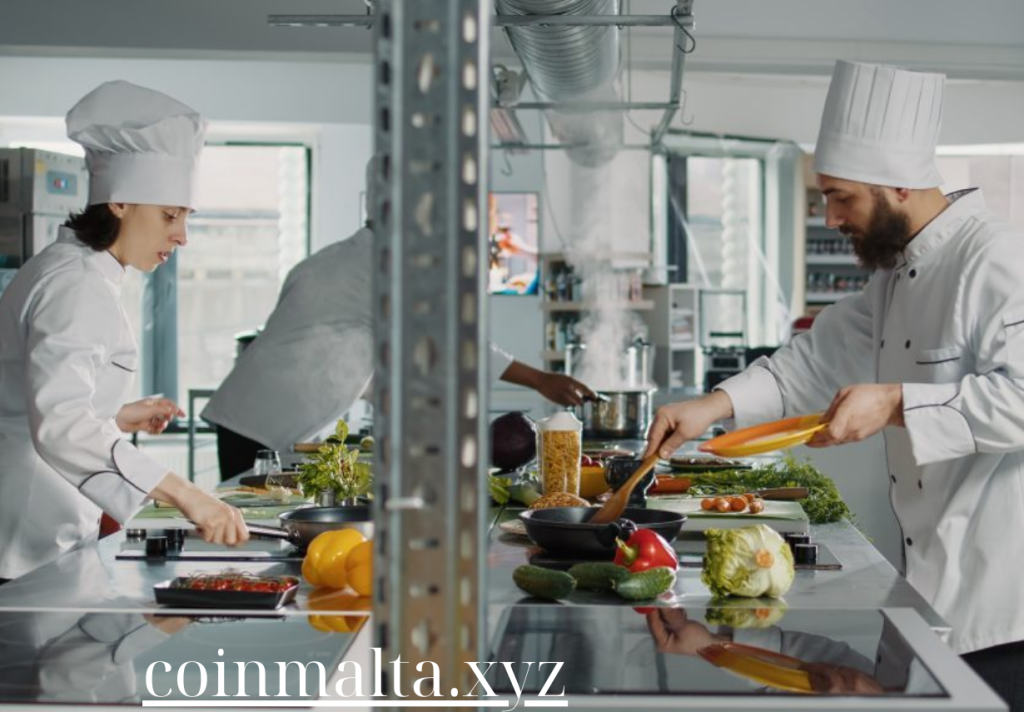Kitchen Hygiene
Hygiene Tips for Food Preparation: Ensure Safe Meals with These Expert Guidelines
Maintaining proper hygiene during food preparation is crucial for ensuring the safety and health of your meals. Whether you’re cooking at home or in a professional kitchen, following expert hygiene practices can help prevent contamination, foodborne illnesses, and spoilage. Here’s a comprehensive guide to the best hygiene tips to keep your meals safe and healthy.
1. Wash Your Hands Frequently
Proper handwashing is the foundation of kitchen hygiene. Your hands can carry bacteria, viruses, and other contaminants that easily transfer to food during preparation.
- When to Wash: Wash your hands thoroughly with soap and warm water for at least 20 seconds before cooking, after handling raw meat, seafood, or eggs, after touching the garbage, and after using the restroom.
- How to Wash: Lather your hands with soap, scrub between your fingers, under your nails, and up your wrists, then rinse well and dry with a clean towel or paper towel.
2. Keep Surfaces and Utensils Clean
Maintaining clean countertops, cutting boards, and utensils is essential for preventing cross-contamination.
- Clean as You Go: Wipe down surfaces frequently with hot, soapy water or a kitchen disinfectant during meal prep. After cooking, thoroughly clean countertops and any utensils or equipment you used.
- Separate Cutting Boards: Use separate cutting boards for raw meat, seafood, and vegetables to avoid cross-contamination. A color-coded system (e.g., red for meat, green for vegetables) can make this easier to follow.
- Sanitize Regularly: After handling raw foods, sanitize cutting boards, knives, and any utensils. Soak them in a mixture of water and disinfectant or a vinegar-water solution for extra safety.
3. Store Food Properly
Storing food correctly is key to preventing bacterial growth and ensuring food safety.
- Refrigerate Promptly: Store perishable items, such as meat, dairy, and cooked dishes, in the refrigerator within two hours of cooking. During hot weather (above 90°F), this window decreases to one hour.
- Label and Date: Label leftovers with the date they were prepared and store them in airtight containers. Consume or discard them within 3-4 days to avoid spoilage.
- Separate Raw and Cooked Foods: Keep raw meat and poultry separate from cooked and ready-to-eat foods in the refrigerator. Store raw meat on the bottom shelf to prevent its juices from contaminating other items.
4. Cook Food to the Correct Temperatures
Cooking food at the right temperature ensures that harmful bacteria are killed and the food is safe to eat.
- Use a Food Thermometer: Always use a food thermometer to check the internal temperature of meats, poultry, and seafood. Ground meats should be cooked to 160°F, poultry to 165°F, and seafood to 145°F.
- Avoid Guesswork: Don’t rely on color or texture alone to determine if food is fully cooked. Meat may appear done on the outside but still be undercooked inside. The thermometer ensures accuracy.
5. Thaw Foods Safely
Improper thawing can lead to the growth of harmful bacteria. Always thaw foods in a way that maintains their safety.
- Thaw in the Refrigerator: The safest way to thaw frozen food is in the refrigerator. This method takes longer but ensures that the food stays at a safe temperature.
- Avoid Room Temperature Thawing: Never thaw food on the kitchen counter, as it may reach unsafe temperatures that promote bacterial growth.
- Quick Thawing Methods: If you need to thaw food quickly, use the microwave’s defrost setting or submerge the food in cold water, changing the water every 30 minutes. Cook immediately after thawing.
6. Avoid Cross-Contamination
Cross-contamination occurs when harmful bacteria from one food transfer to another, especially from raw meat to ready-to-eat items.
- Use Separate Utensils: Always use separate knives, cutting boards, and utensils for raw meats and vegetables or cooked foods. Never place cooked food on a plate that previously held raw meat.
- Wash Hands After Handling Raw Foods: After touching raw meat, seafood, or poultry, wash your hands before handling other ingredients or utensils to avoid spreading bacteria.
7. Maintain Personal Hygiene in the Kitchen
Personal hygiene plays an essential role in preventing contamination while cooking.
- Wear Clean Clothing and Aprons: Ensure you are wearing clean clothes or a kitchen apron when preparing food. Avoid loose clothing that could accidentally touch food or surfaces.
- Tie Back Long Hair: Hair can fall into food during preparation. Always tie back long hair and wear a hat or hairnet if necessary.
- Avoid Cooking When Sick: If you have an illness such as a cold or the flu, it’s best to avoid preparing food for others to prevent the spread of germs.
8. Clean Produce Properly
Even if fruits and vegetables look clean, they may still harbor dirt, pesticides, or bacteria.
- Rinse Under Cold Water: Wash all fruits and vegetables under cold running water, even if you plan to peel them. This helps remove surface dirt and any lingering pesticides.
- Use a Produce Brush: For firmer fruits and vegetables like potatoes, cucumbers, or melons, use a brush to scrub away any tough dirt.
9. Cool and Reheat Leftovers Safely
Improperly cooling and reheating leftovers can lead to foodborne illnesses. Follow these guidelines to ensure leftovers remain safe to eat.
- Cool Quickly: Divide large portions of food into smaller containers to help them cool more quickly. Food should reach refrigerator temperature within two hours of cooking.
- Reheat Thoroughly: Reheat leftovers to at least 165°F, ensuring they are piping hot throughout. Stir food while reheating to avoid cold spots where bacteria can survive.
- Avoid Multiple Reheats: Only reheat leftovers once, as repeated heating and cooling increase the risk of contamination.
10. Keep Pets Out of the Kitchen
As much as we love our pets, it’s important to keep them out of food preparation areas. Pets can carry bacteria or hair that could contaminate food or surfaces.
Final Thoughts
Good hygiene in the kitchen is key to preparing safe and healthy meals. By following these expert guidelines, you can minimize the risk of contamination and ensure that every dish you create is as safe as it is delicious. From handwashing and sanitizing surfaces to proper food storage and cooking, these practices will help you maintain a clean, hygienic kitchen environment that keeps your meals safe for everyone to enjoy.

